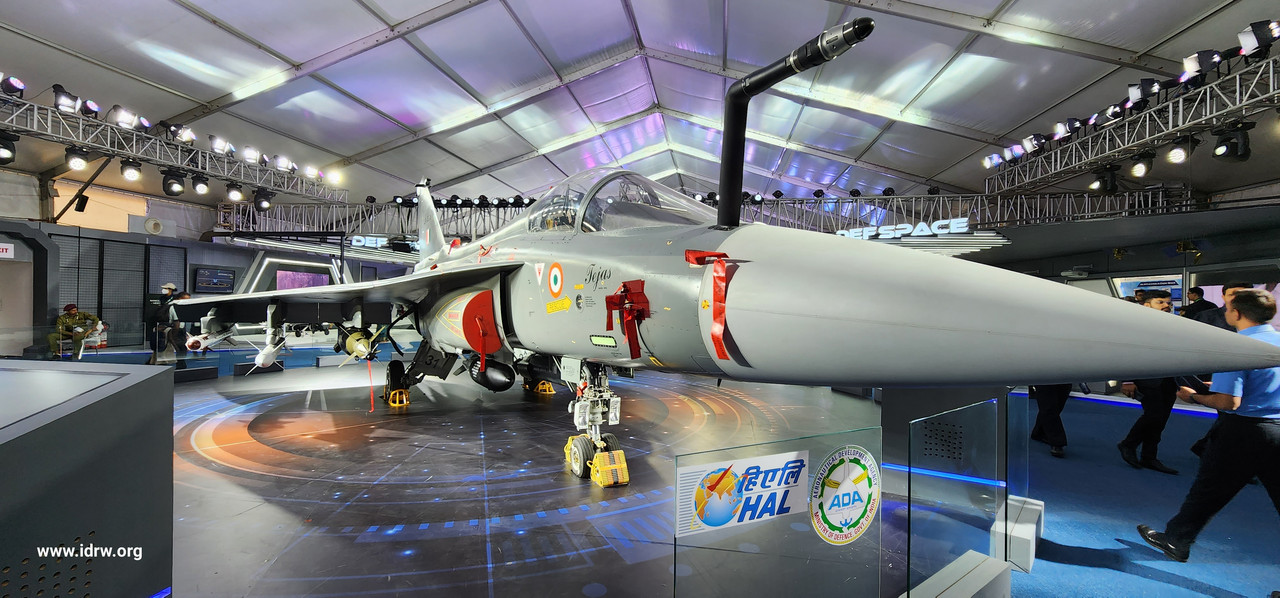SOURCE: AFI

India’s Light Combat Aircraft (LCA) Tejas has garnered significant attention both domestically and internationally for its advanced capabilities and indigenous development. As India seeks to enhance its defense exports and position itself as a key player in the global aerospace market, the export potential of the LCA Tejas presents a promising opportunity.
Developed by the Aeronautical Development Agency (ADA) and produced by Hindustan Aeronautics Limited (HAL), the LCA Tejas is a fourth-generation, multi-role combat aircraft designed to meet the requirements of the Indian Air Force (IAF). With its advanced avionics, agile maneuverability, and cutting-edge technology, the LCA Tejas is well-suited for a wide range of combat missions, including air superiority, ground attack, reconnaissance, and maritime roles.
The global market for light combat aircraft is substantial, driven by the increasing demand for modernizing air forces, enhancing combat capabilities, and addressing security challenges.
Key factors contributing to the market size for light combat aircraft include:
- Replacement and Modernization: Many countries are looking to replace aging fleets of combat aircraft or modernize their existing inventory with advanced platforms. The LCA Tejas offers a viable option for air forces seeking modern, cost-effective solutions to enhance their combat capabilities.
- Regional Security Dynamics: Heightened regional security threats and geopolitical tensions have led to increased defense spending by several countries, particularly in Asia, the Middle East, and Africa. These regions present significant opportunities for defense exporters, including India, to supply light combat aircraft to address security challenges.
- Emerging Markets: Emerging economies with growing defense budgets and aspirations for indigenous aerospace capabilities represent promising markets for light combat aircraft. Countries such as Vietnam, Malaysia, Indonesia, and the Philippines are actively seeking to enhance their air defense capabilities, presenting opportunities for the export of platforms like the LCA Tejas.
- Technology Collaboration: Collaborative defense projects and partnerships between countries have become increasingly common, driven by the desire to leverage technological expertise, share development costs, and enhance interoperability. India’s willingness to collaborate and offer technology transfer with the export of the LCA Tejas enhances its attractiveness to potential buyers seeking long-term strategic partnerships.
By capitalizing on the growing market demand and leveraging its indigenous aerospace capabilities, India can strengthen its position as a leading exporter of defense equipment and deepen its strategic partnerships with countries around the world.